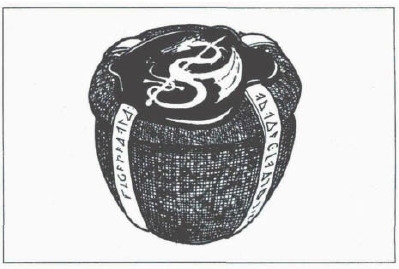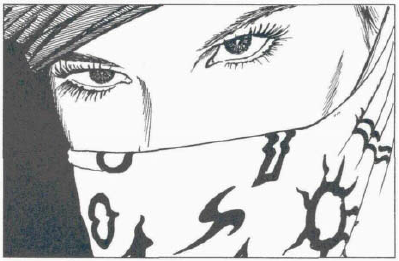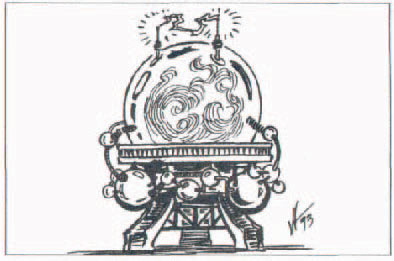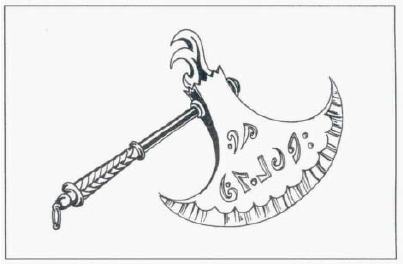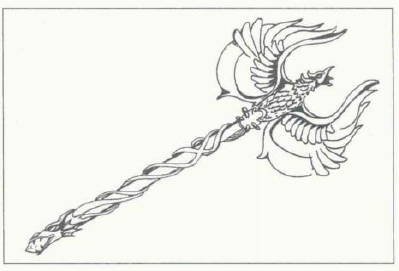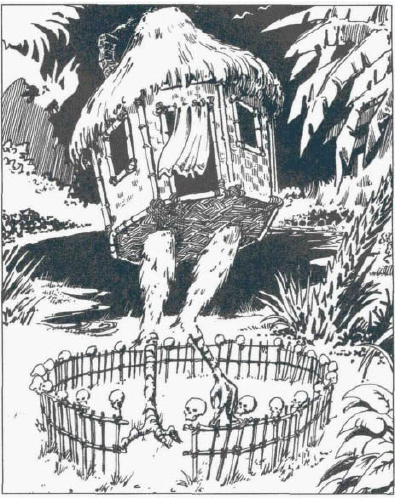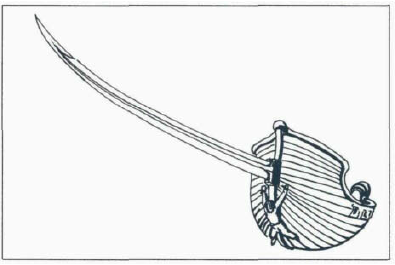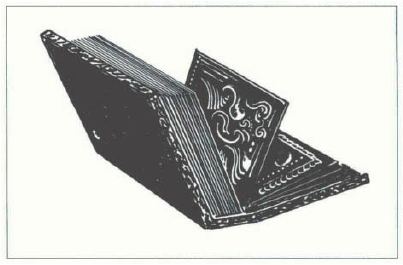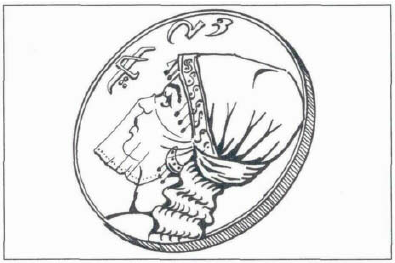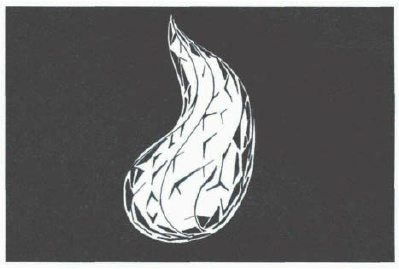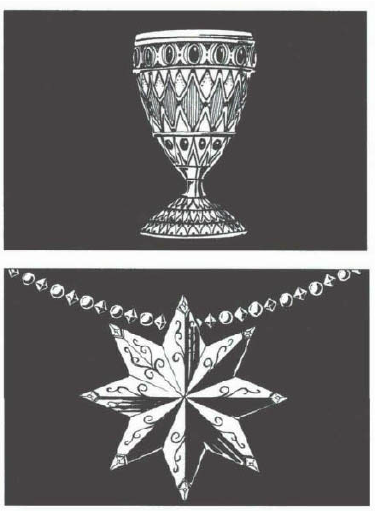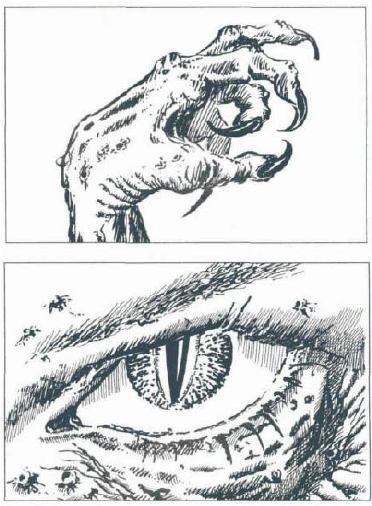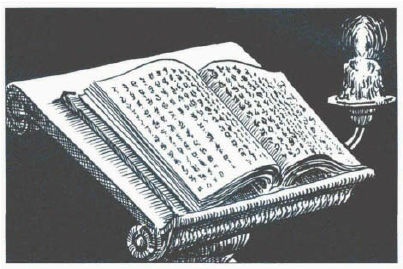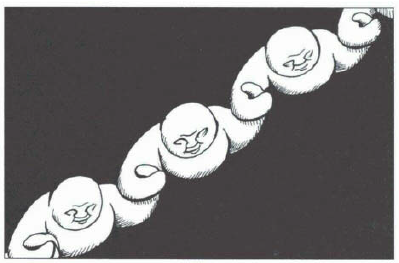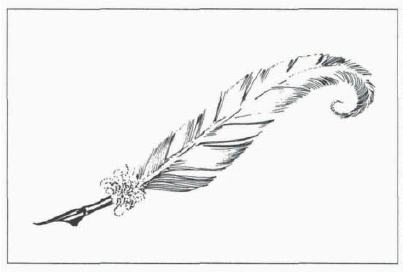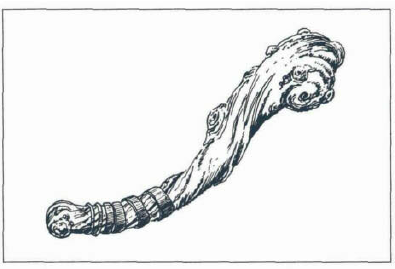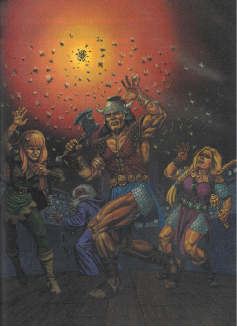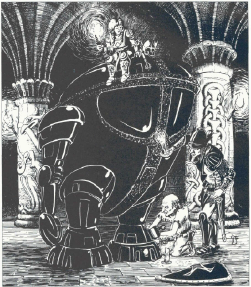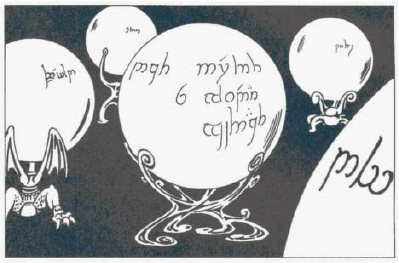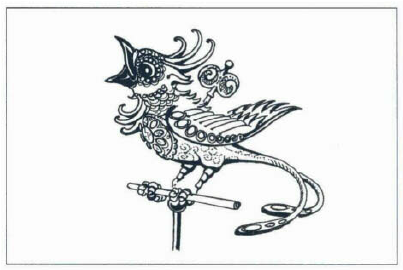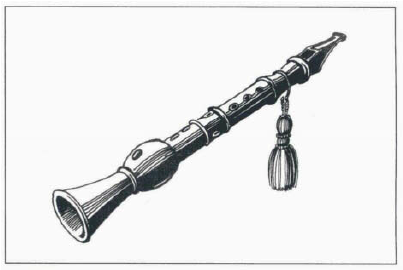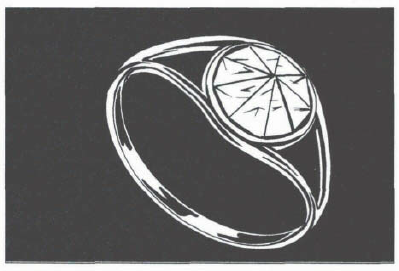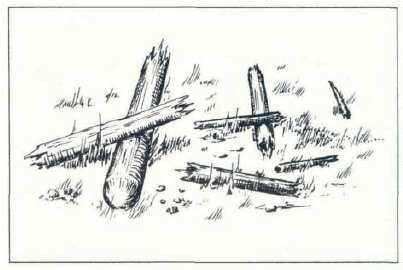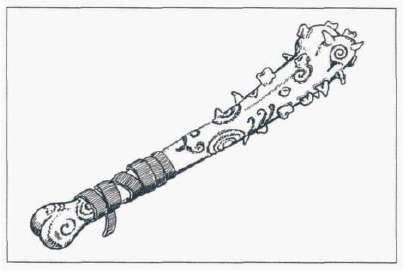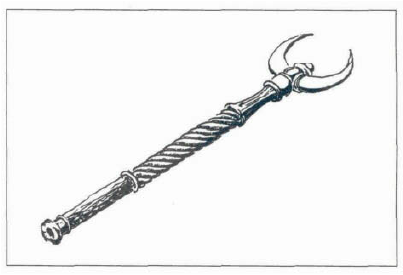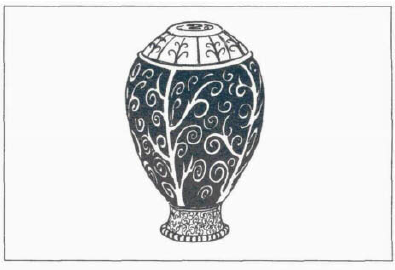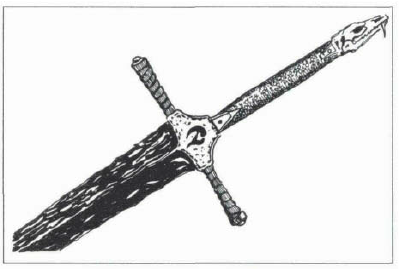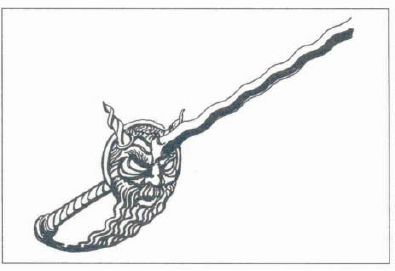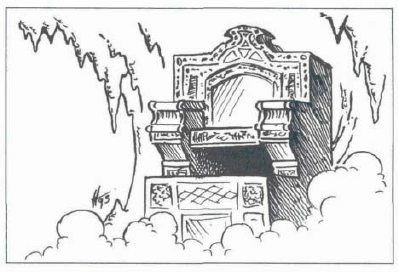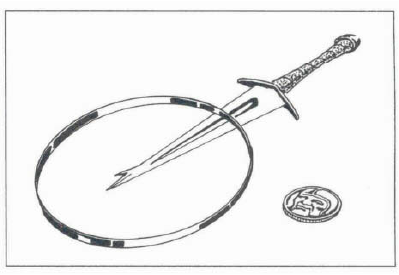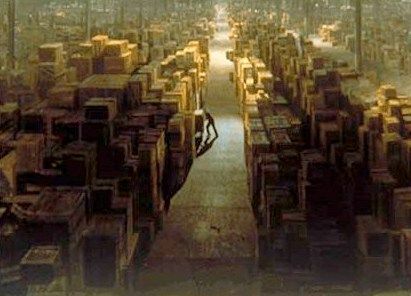The Book of Artifacts: A Review of the Legendary and Obscure Magic Items of AD&D 2nd Edition
The Book of Artifacts is a supplemental sourcebook to the core rules of the second edition of the Advanced Dungeons & Dragons fantasyrole-playing game. This book, published by TSR, Inc. in 1993, details 50 different artifacts, special magic items found within the game at the Dungeon Master’s option. The book was designed primarily by David “Zeb” Cook, with some additional design by Rich Baker, Wolfgang Baur, Steve and Glenda Burns, Bill Connors, Dale “Slade” Henson, Colin McComb, Thomas M. Reid, and David Wise. Cover art is by Fred Fields and interior art and icons were designed by Daniel Frazier.
INTRODUCTION
If you are looking for some inspiration for your D&D campaign, you might want to check out the Book of Artifacts. This book is a treasure trove of 50 artifacts, each with its own history, powers, drawbacks, and plot hooks. Artifacts are not just ordinary magic items; they are unique and extremely powerful objects that transcend the normal rules of magic. They can shape the destiny of entire worlds, or bring doom to those who misuse them.
The Book of Artifacts covers artifacts from various AD&D settings, such as Forgotten Realms, Dragonlance, Greyhawk, Ravenloft, Dark Sun, and more. Some of these settings are still in use today, so you can easily adapt them to your current edition of D&D. Whether you want to introduce a legendary artifact like the Rod of Seven Parts or the Eye of Vecna, or a more obscure one like the Codex of Infinite Planes or the Crown of Horns, you will find plenty of information and ideas in this book.
In this article, we will review each artifact in detail, giving you a brief overview of its origin, appearance, abilities, drawbacks, and possible uses in your campaign. We will also provide some adventure hooks and suggestions on how to introduce the artifact to your players. Whether you want to use an artifact as a major plot device, a side quest, or a random encounter, you will find something to suit your needs in this book.
What is an Artifact according to AD&D?
Artifacts are not just ordinary magic items; they are unique and extremely powerful objects that transcend the normal rules of magic. They can shape the destiny of entire worlds, or bring doom to those who misuse them. In this section, we will explore some of the features and characteristics that define an artifact in AD&D.
Uniqueness
- Artifacts are unique items. As a general rule, two copies of the same artifact cannot exist.
- Artifacts are craftable. It is possible that a player character willingly or accidentally creates an artifact.
- Artifacts have their own history and background. Who created them? Why? What kind of goal did the creator want to accomplish? Was the creator aware of creating an artifact?
Danger
- Artifacts are dangerous and hard to control.
- Artifacts carry power and catastrophes. These items possess great powers, but power comes with a high price and not only for its owner.
- Artifacts may possess a personality. Intelligence and Ego that lead to Artifact Possession. Intelligent Artifacts can control their owner and essentially destroy the character’s personality, thus resulting in the loss of the character.
Mystery
- Artifacts are not magical items as we know them. Indeed, the book states that most of them do not emanate any magical aura, not even under the effect of a detect magic, unless the description states otherwise. Indeed, an Artifact may look like an ordinary object or a precious piece of art. That’s why they are hard to recognize.
- Artifacts are indestructible by normal means. Destroying one requires a specific procedure. Not even a wish can affect an Artifact, and possibly not even a divine intervention.
Customization
The Book of Artifacts includes some tables with random magical powers that can be used to customize each artifact. This adds a lot of variety and unpredictability to the artifacts, making them more fun and challenging to use in a campaign.
Random Magical Powers
The book provides 24 tables with 20 possible powers or spell-like abilities each. Every artifact suggests to roll or pick powers from specific tables, coherently with the nature and background of the artifact. The tables are:
- Abjuration
- Cataclysm
- Combat
- Conjuration
- Curses
- Detection
- Divination
- Elemental Air
- Elemental Fire
- Elemental Water
- Elemental Earth
- Enchantment/Charm
- Fate and Fortune
- Healing
- Immunities
- Major Spell-like Powers
- Minor Spell-like Powers
- Movement
- Offensive Powers
- Nature
- Necromancy
- Personal Enhancement
- Planar
- Protections
Creating Your Own Artifact
Using these tables, you can create your own artifact by following these steps:
- Choose a name and a description for your artifact. What does it look like? What is its origin and purpose? Who created it and why?
- Choose one or more tables that suit the theme and background of your artifact. For example, if your artifact is a sword forged by a fire god, you might choose the Combat, Elemental Fire, and Major Spell-like Powers tables.
- Roll or pick one or more powers from each table that you have chosen. You can decide how many powers you want your artifact to have, but keep in mind that more powers usually mean more drawbacks as well.
- Decide on the drawbacks and limitations of your artifact. How does it affect its owner and the world around it? Does it have a personality and an agenda? How can it be destroyed or neutralized?
- Write down the details of your artifact, including its name, description, powers, drawbacks, and destruction method.
Which are the Artifacts described in the book?
Here we present a list of all the Artifacts described in the book.
